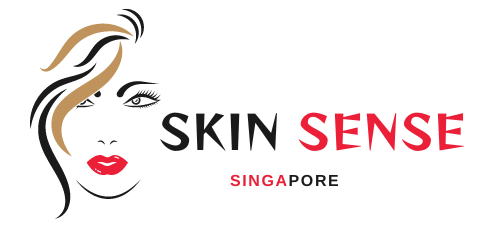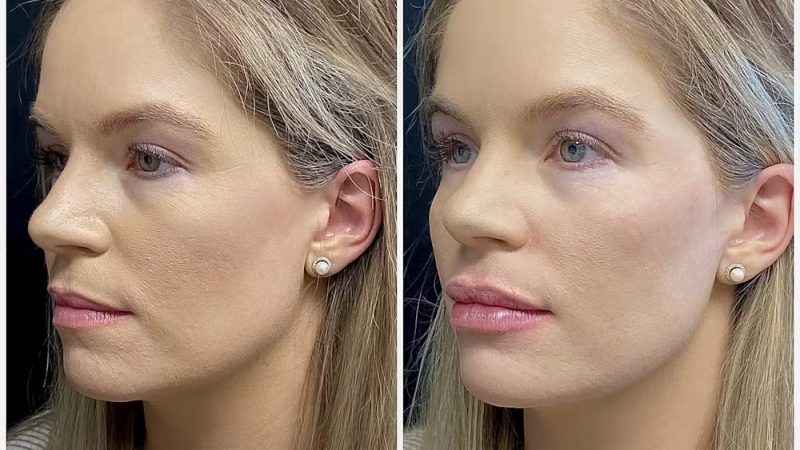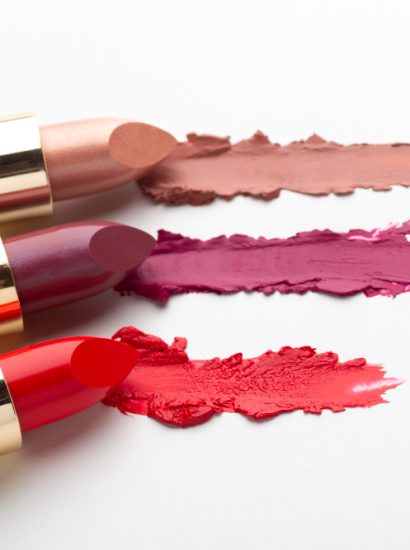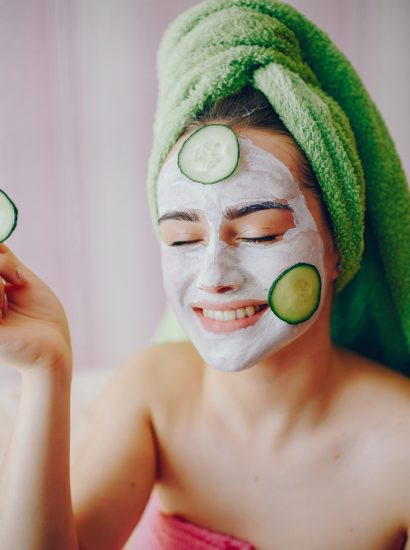In an era where beauty trends evolve rapidly, one timeless concept remains key to an attractive appearance: facial harmony. More than just symmetrical features, facial harmony is about the balanced proportion and natural alignment of facial structures that work together to create a pleasing, cohesive look. Whether you’re exploring cosmetic enhancements, non-invasive facial treatments, or simply improving your skincare routine, understanding facial harmony can help you make more informed decisions about your aesthetic goals. In this guide, we’ll explore what facial harmony is, why it matters, and how you can achieve it—naturally or through professional treatments.
What Is Facial Harmony?
Facial harmony refers to the visual balance and proportional alignment of your facial features—including the eyes, nose, lips, jawline, and cheekbones. It’s not about having perfect symmetry; instead, it focuses on how well the different elements of your face work together in unison.
Key elements contributing to facial harmony:
- Facial thirds – forehead, midface, and lower face
- Golden ratio – a mathematical balance often found in naturally attractive faces
- Profile alignment – the nose, lips, and chin forming a straight or gently curved line
- Feature proportions – spacing and sizing of eyes, nose, and mouth in balance
Why Is Facial Harmony Important?
Facial harmony is often perceived as beauty—even more so than symmetry. When facial features are in proportion, the face appears more:
- Youthful
- Attractive
- Approachable
- Balanced and natural-looking
It’s also crucial in aesthetic medicine, where plastic surgeons, dermatologists, and facialists aim to enhance natural beauty by restoring or improving harmony rather than changing the face entirely.
How to Improve Facial Harmony Naturally
You don’t need surgery to enhance facial balance. Here are natural methods that support facial harmony:
Facial Exercises
Targeted exercises can strengthen facial muscles and improve tone:
- Jawline sculpting exercises
- Eye and brow lifting routines
- Cheek lifting movements
Skincare for Texture and Tone
Even skin tone and smooth texture help enhance facial balance:
- Use products with niacinamide, vitamin C, and hyaluronic acid
- Exfoliate regularly to improve radiance and reduce pigmentation
- Maintain hydration to plump up sagging areas
Nutrition and Hydration
A healthy diet and adequate water intake support collagen production and reduce puffiness.
- Posture and Sleep
Sleeping on your back and maintaining proper posture can reduce asymmetry caused by repeated pressure or tension on one side of the face.
Non-Invasive Treatments That Enhance Facial Harmony
If you’re considering aesthetic enhancement, these non-surgical treatments are commonly used to improve facial proportion:
Botox/Dysport
- Used to soften forehead lines, elevate eyebrows, or slim the jaw
- Helps rebalance facial muscle activity
Dermal Fillers
- Adds volume to cheeks, lips, temples, or under eyes
- Enhances symmetry and corrects disproportion
Jawline Contouring
- Achieved through fillers, fat-dissolving injections, or ultrasound-based treatments (e.g., Ultherapy)
Lip Enhancement
- Balanced lips play a major role in facial aesthetics
- Subtle volume and improved shape restore harmony to the lower face
Thread Lifting
- Minimally invasive method to lift and align facial tissues without surgery
Always consult a certified practitioner who evaluates the entire face rather than treating isolated features.
Surgical Procedures for Facial Harmony
In some cases, surgical intervention may be the best option. These are usually recommended for significant structural imbalances:
- Rhinoplasty – reshaping the nose to align better with other features
- Chin augmentation – enhances jaw projection for profile balance
- Orthognathic surgery – corrects skeletal discrepancies in jaw and bite
- Facial fat grafting – restores lost volume and contour
Surgical procedures should always aim for natural-looking results, prioritizing harmony over dramatic change.
Facial Harmony and Cultural Perception
Facial harmony is not one-size-fits-all. Beauty ideals vary across cultures, but the concept of balance remains universally appealing. For example:
- In East Asia, a small, V-shaped jawline is desirable
- In the West, defined cheekbones and fuller lips are often admired
- South Asian aesthetics emphasize almond eyes and high brows
This diversity highlights that facial harmony is subjective, and personal preferences should be respected.
Tools to Analyze Your Facial Harmony
Today, technology can offer a preliminary facial analysis:
- Face symmetry apps
- Virtual consultation tools at aesthetic clinics
- Golden ratio calculators
While these tools offer insights, a professional consultation remains the gold standard for personalized aesthetic planning.
Conclusion
Facial harmony is the cornerstone of natural beauty. Whether through skincare, lifestyle habits, or aesthetic enhancements, achieving facial balance is not about chasing perfection—it’s about highlighting your natural features in the most flattering way. Embracing this holistic view can lead not only to a more attractive appearance but also to greater confidence and well-being. Whether you’re enhancing subtly or transforming dramatically, let facial harmony guide your beauty journey.
FAQs
1. Is facial harmony the same as facial symmetry?
No. While symmetry helps, facial harmony is about proportional relationships between features, not mirror-image perfection.
2. Can I achieve facial harmony without surgery?
Yes! Many achieve improved balance through skincare, facial massage, dermal fillers, or posture correction.
3. What is the golden ratio in facial harmony?
The golden ratio (1.618:1) is a mathematical principle often used to measure aesthetically pleasing proportions in facial design.
4. Do fillers ruin facial harmony?
Not when done by a skilled injector. The goal is to enhance—not distort—natural proportions.
5. How do I know if my face is balanced?
Consulting a licensed aesthetic expert or facial analyst is the best way to understand your proportions and options.
Also read: Keratin Treatment Singapore Price Guide 2024: Cost, Benefits & Where to Go





